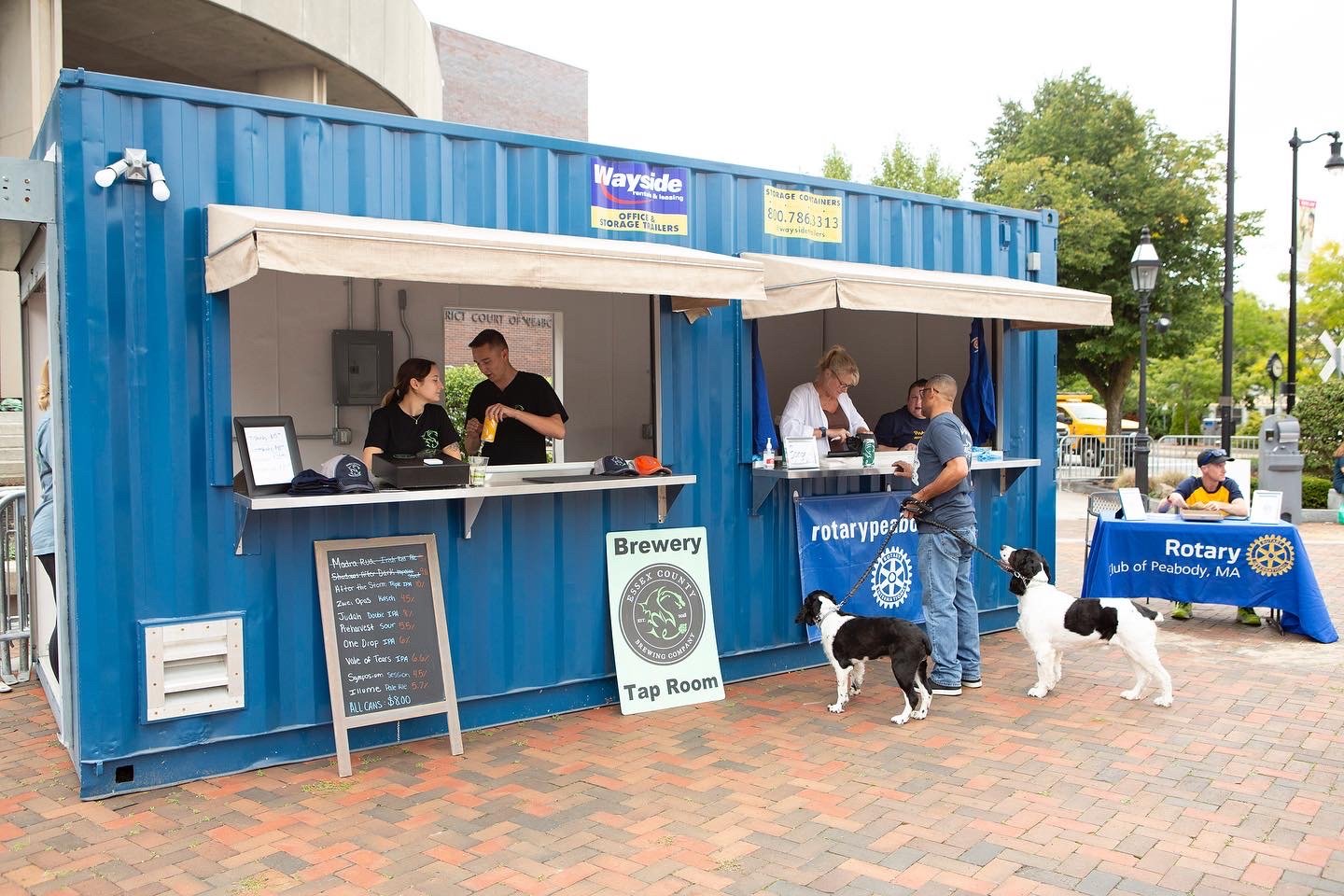
How to Choose the Right Storage Container in Reading for Your Project?
Choosing the right storage container starts with understanding your project’s priorities, from how much space you need to how you’ll use it day-to-day. In Reading, options range from standard and high-cube units to modified styles built for unique setups.
Whether you’re planning a short-term renovation or need a long-term solution, your decision should balance capacity, features, and budget. This guide walks through key considerations so you can select a unit that fits your site, safeguards your materials, and keeps your timeline on track.
Storage Container Basics - What Reading Residents Need to Know
In Reading, our customers select containers based on space, security, and access needs. Standard units, stackable cubes, and office-style trailers vary in size, condition, and features, and delivery and placement must comply with local safety rules and permits.
Wayside’s units aren’t just for storage, though—when properly ventilated, lit, and code-compliant, they can also serve as jobsite offices, workshops, pop-up spaces, or community hubs.
Types of Storage Containers Available
Our customers typically choose from standard 10-, 20-, and 40-foot containers for equipment and materials, high-cube options for palletized supplies and tall racks, and modified units with shelving, lighting, or office layouts for more creative needs.
Some common uses in Reading include school renovations, retail inventory, and active job sites. To ensure safety and avoid delays or extra costs, make sure vents, lockboxes, and anti-slip floors are in place and confirm all necessary permits before delivery.
Creative Uses Beyond Traditional Storage
With the right setup, our units can serve as offices, artist studios, workshops, storefronts, or breakrooms. Each requires attention to safety and compliance, but they provide cost-effective space without lengthy build-outs.
In Reading, businesses and local makers have turned them into work hubs, galleries, or temporary retail spots by adding secure doors, non-slip floors, and reliable locks.
Upgrades such as LED lighting, ventilation, ramps, and shelving improve functionality. For tight budgets, start with a used container and phase in improvements as needed. Always secure permits, check snow and wind ratings, and plan safe anchoring.
Choosing the Right Container Size for Your Project
Making the right choice for your needs depends on the type and volume of items, site constraints, and project scope.
Smaller units suit residential or light commercial projects, bigger options handle larger businesses and palletized goods, and specialty or modified containers support unique jobsite requirements.
Small Containers (10' & 20') - Residential and Small Business Solutions
For kitchen or single-room remodels, a 10-foot container keeps cabinets, fixtures, and tools secure without taking up much driveway space.
For multi-room projects or appliance storage, step up to a 20-foot unit to reduce handling and maintain safe walkways.
Before delivery, measure your site, check for permits, and prepare a level pad clear of underground utilities. This avoids damage, delays, and extra costs.
Home Renovation Storage Planning
Plan out what you’re using the unit for before demolition begins. Start by choosing the right size for your project—a 10-foot container doesn’t necessarily have the same use case as a 20-foot one.
Make sure to keep items clean and dry, disassemble furniture, wrap fragile pieces, palletize when possible, and use moisture control. Load heavier items at the base and balance weight carefully.
Schedule delivery around the weather to avoid downtime and add buffer days for unexpected delays.
Large Containers (40' Standard & High Cube) - Commercial Applications
For larger jobs, our 40-foot option provides the best cubic value for storing equipment, inventory, or records. Meanwhile, the high cube unit adds extra vertical space for racking and oversized items.
Confirm dock compatibility, forklift clearances, and load ratings before delivery to keep crews efficient and safe. Weigh the benefits of extra volume against the slightly higher siting and transport costs.
Business Inventory and Equipment Storage
Businesses in Reading often rely on 40-footers for cost-effective inventory and equipment storage. High cubes improve clearance for forklifts and racks, while standard options offer dependable ground-level access.
Outfit your unit with shelving and labeling for easier organization; heavy items should be strapped or anchored for stability.
Compared with traditional storage facilities, on-site storage saves transport time and improves access. Adding security locks and vents ensures protection in all conditions.
Specialty Options - Custom Solutions for Unique Needs
Our modified units give businesses flexibility when standard layouts don’t fit the job. Options include side doors for better access, reinforced flooring for heavy equipment, and special designs to suit unique uses like pop-ups or even yoga studios.
That said, always prioritize code compliance first, then layer in only the modifications that add real value to your project, timeline, and budget.
Modifications and Custom Features
When projects evolve, modifications help your container keep pace. Adding lighting, shelving, or ventilation can make daily work safer and more organized.
Electrical installations and upgraded locks improve both usability and security. Side-door access reduces handling risks, and shelving keeps tools within reach.
Design the layout around workflow so upgrades deliver efficiency without unnecessary cost.
Cost Analysis - Rental vs Purchase
Deciding whether to rent or buy depends on your project timeline, frequency of use, and budget.
Compare total costs—including delivery, pickup, taxes, insurance, and maintenance—against expected usage, while factoring in safety, compliance, and flexibility needs.
Rental Costs and Pricing Factors
Before you commit, calculate the full rental cost in the Reading area—base rate, delivery and pickup, taxes, and any add-ons—then compare it to ownership to see your break-even point.
Review the rental agreement carefully for minimum terms, damage waivers, lock kits, and swap fees. Ask about extended rental discounts, seasonal pricing, or multi-unit rates for storage units when you’re outfitting larger projects.
Check whether daily or weekly rates end up costing more than a monthly plan—sometimes long-term rates beat multiple short bookings. Confirm the unit’s placement is safe and accessible to avoid re-delivery charges if it needs to be moved.
Before you start, factor in permits, site prep, and cleaning fees. Schedule pickups well in advance to avoid paying for extra days.
Purchase vs Rental Decision Framework
When deciding between renting and buying, keep it simple and focus on what works for your schedule, your budget, and your crew.
Estimate duration: months needed; compare total rental fees to financed purchase payments.
Factor flexibility: rentals let you swap trailer types as projects change; ownership means committing to one style.
Include resale: a conservative resale estimate can offset purchase costs after heavy use.
Safety: choose the option that minimizes overloading, unauthorized use, and transport risks for your team.
Run through a few scenarios to test your numbers—seasonal work often favors rental, while steady, year-round use leans toward purchase.
Legal, Security and Site Preparation
Placing a container safely requires attention to local rules, security, and site setup. Confirm zoning, HOA, and permit requirements early to prevent fines or delays.
At the same time, plan security and ground preparation together—leveling, drainage, and clear truck access—so your unit is ready for delivery without surprises.
Local Regulations and Permit Requirements
Even if your unit is only on-site for a short period, it still needs to meet local zoning, temporary-structure permits, HOA requirements, and setback rules. Missing a step here can lead to penalties or forced removal.
Start with the Reading Building Department to get current forms, fees, and timelines.
Verify your zoning district and allowable temporary uses.
Check HOA rules; get written approval before delivery.
Prepare a site sketch, setbacks, container size, and intended duration.
Submit the application, pay fees, and note review/inspection timelines.
Post the permit on-site and keep records for compliance checks.
Security Features and Site Preparation
Budget matters, but skipping security or proper prep can cost more in the long run. Choose high-security puck locks or lock boxes, add cameras if needed, and use motion-activated solar LED lighting. Keep high-value items out of sight.
Prep the site with level, well-drained ground, clear truck access, and marked utilities (call 811 before digging). Watch for low-hanging wires or branches that could block delivery.
Document your security setup, note blind spots, and set alerts. After rain, check drainage and ensure gates and driveways can accommodate the truck’s turning radius. Stage dunnage if required.
On delivery day, post cones, assign a point of contact, clear snow or debris, photograph the drop zone, and confirm who’s responsible if placement causes damage.
How To Maximize Your Investment
You can lower costs and boost efficiency by planning both how you use your units and how you organize them on-site. Strategic setup, safe placement, and thoughtful management can protect cash flow, reduce delays, and ensure your equipment and materials stay secure.
Smart Storage Practices for Safety and Efficiency
A well-organized unit helps crews work faster and stay safe.
Key practices include:
Use shelving and clearly labeled zones to keep tools and materials accessible. Wayside can provide solutions to help keep you organized.
Keep aisles open and respect weight limits.
Secure locks, anchors, and lighting to reduce risk.
Inspect floors, doors, seals, and surfaces regularly for wear or damage. If there are repairs that need to be made, please contact us.
Planning Rentals and Purchases for Long-Term Value
Balance short-term rentals and long-term ownership based on project needs. Rentals offer flexibility for seasonal or one-off projects, while purchased units make sense for steady, year-round use. Consider site preparation, placement, and maintenance costs to understand the total value of each option.
By combining thoughtful organization, proper maintenance, and smart unit selection, you’ll maximize efficiency, protect crews, and safeguard your investment over time.
Frequently Asked Questions
-
Quality containers are built from heavy-gauge steel and feature lockable, reinforced doors. Adding lighting, cameras, or alarms can further reduce risk. Wayside can recommend proven security measures to help keep your equipment and materials safe while on-site.
-
Wayside offers flexible rental terms—from short-term projects to multi-year needs. Most contracts have a minimum period of 30 to 90 days. We’ll coordinate delivery, pickup, and extensions so your container is available exactly as long as you need it.
-
Yes. Our containers are built to handle harsh New England winters, heavy snow loads, ice, and temperature swings. Before delivery, Wayside inspects each unit to ensure it’s ready for local weather conditions. To maintain the unit throughout the winter, it is always recommended to clear snow off the unit and around the doors.
Conclusion
The right storage container can do more than hold your materials—it can keep your project on track, protect your investment, and give you one less thing to worry about.
Wayside offers the sizing, features, and delivery support to match your needs, plus the experience to help you avoid delays and extra costs. When you need to secure reliable space for your equipment or materials, we’ll make sure it’s done quickly, safely, and on budget.
Contact Wayside today to get started.
Also Read:
The Advantages of Renting a 20 ft Storage Container for Your Work Site
Storage Containers Delivered: The Smart Solution for Business Expansion
Get the Space You Didn’t Know You Needed With 20ft Storage Containers for Rent
The Smarter Way to Store: Rent a Storage Container in Wakefield That Fits Your Needs
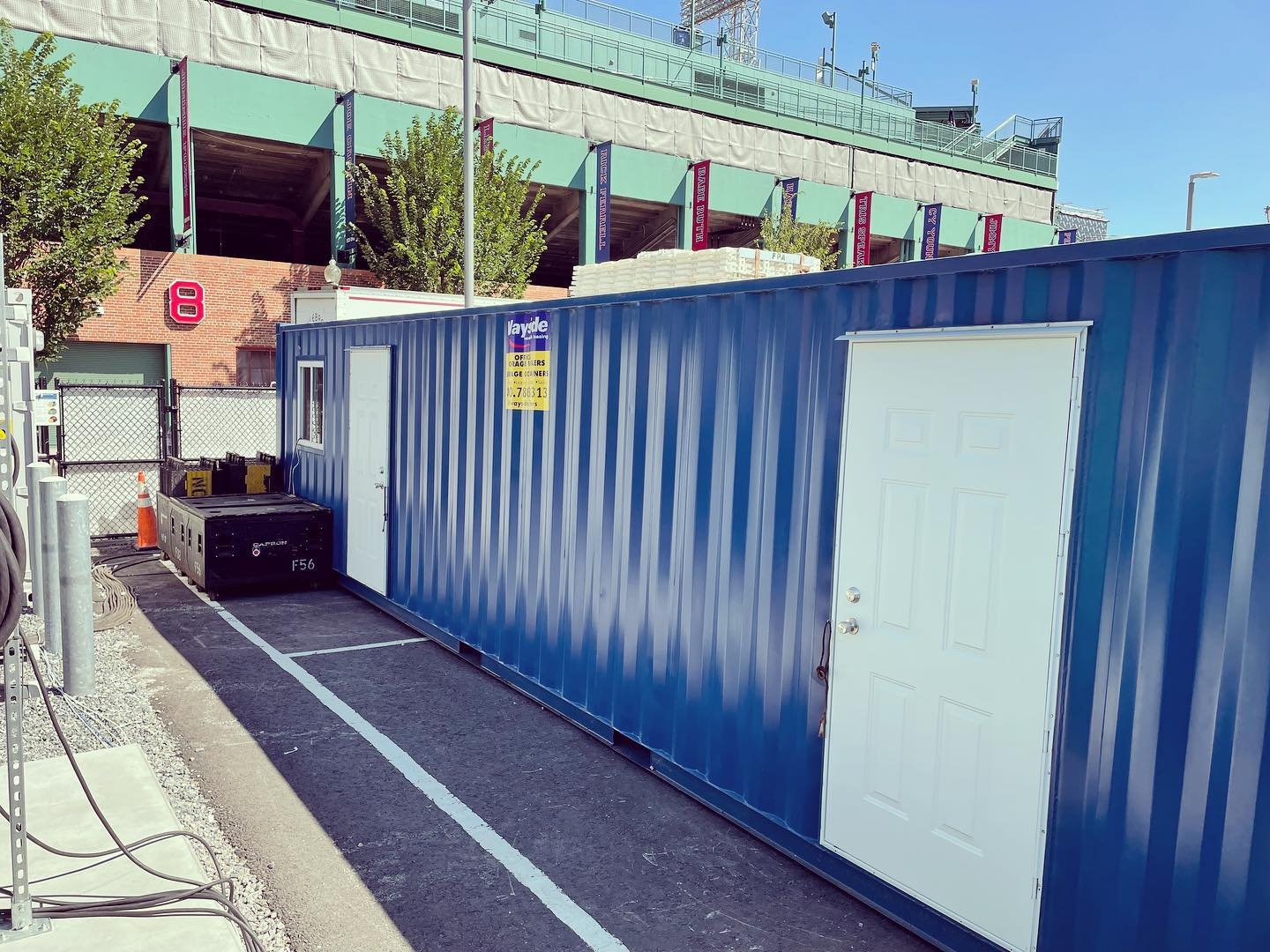
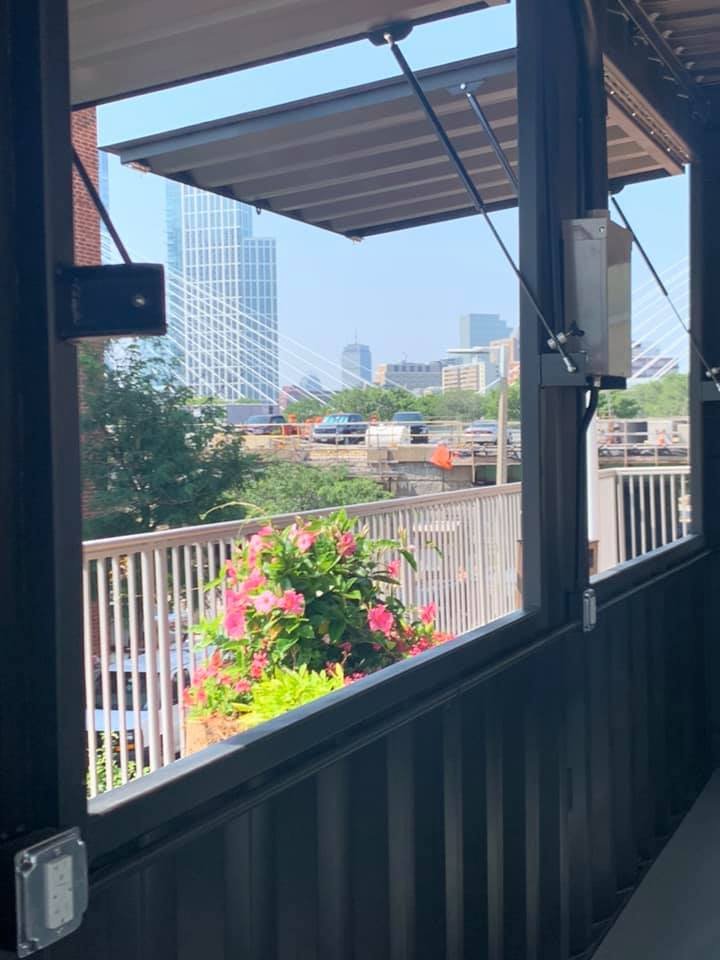
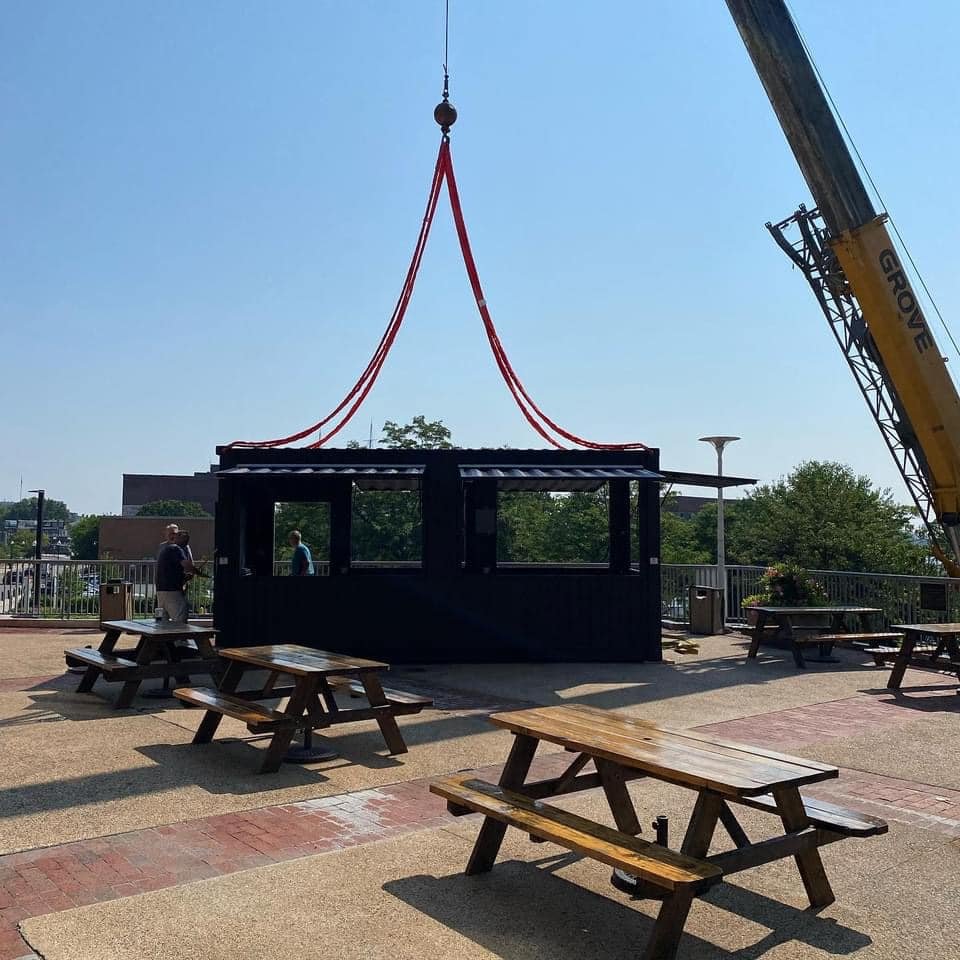
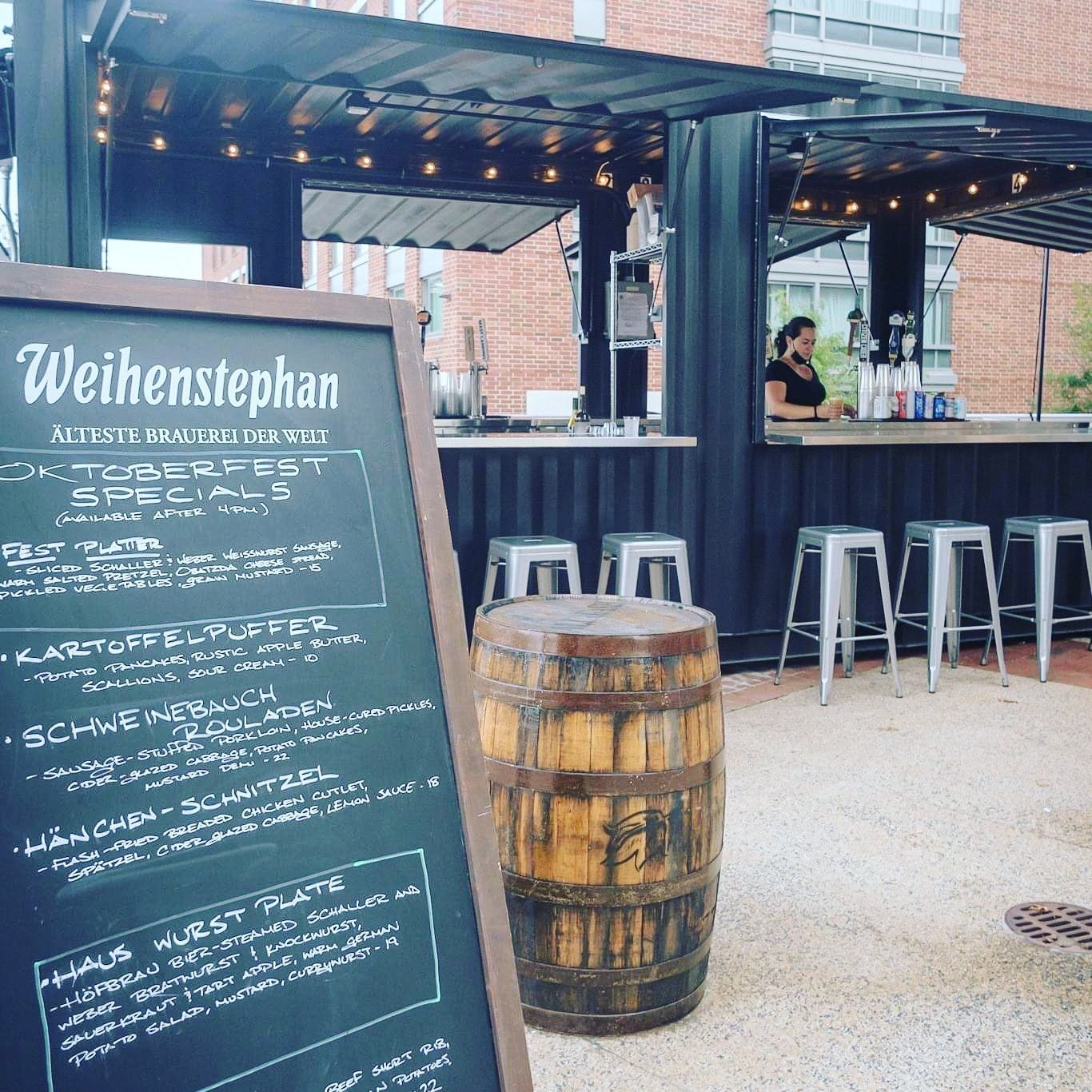
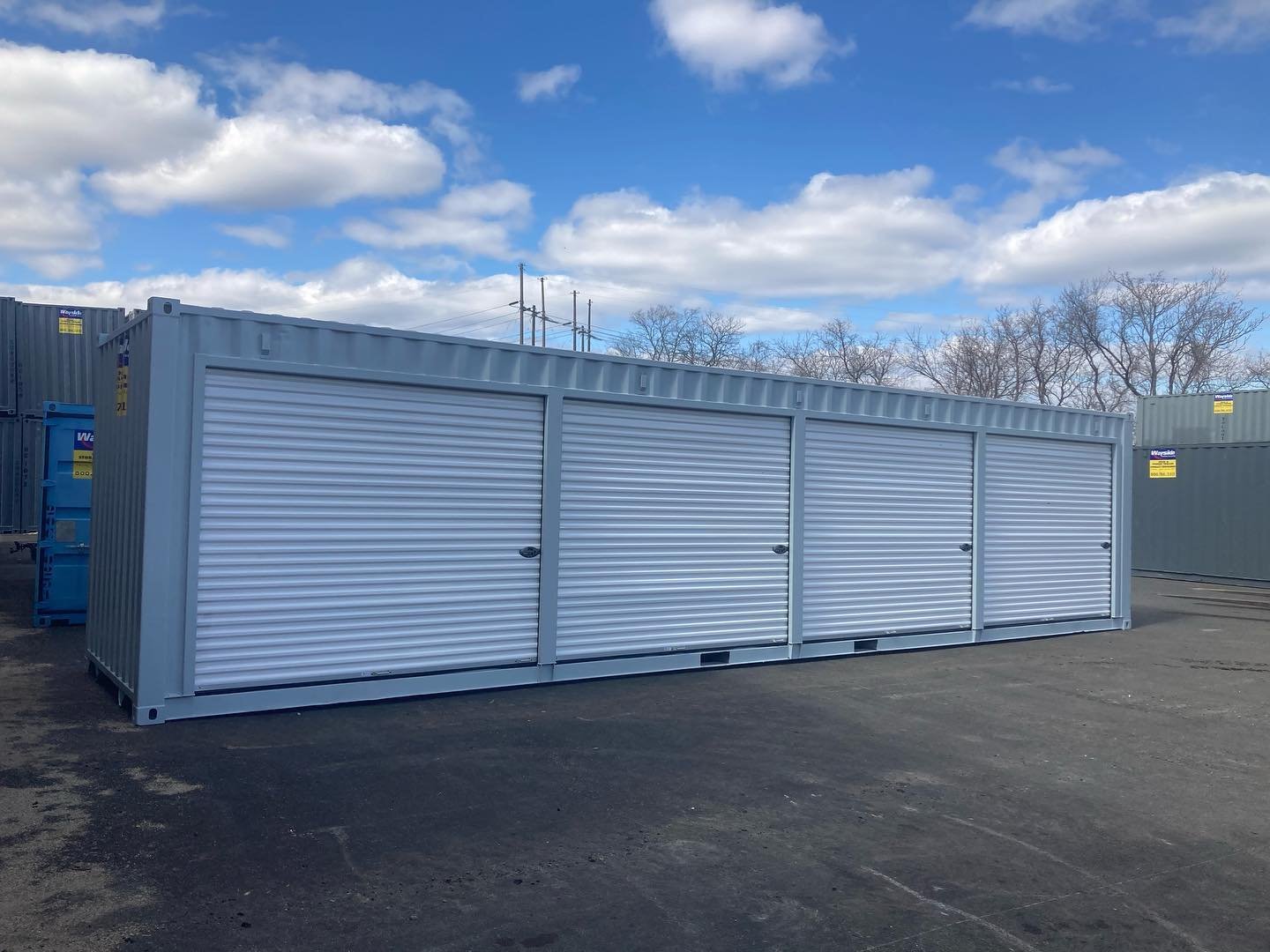

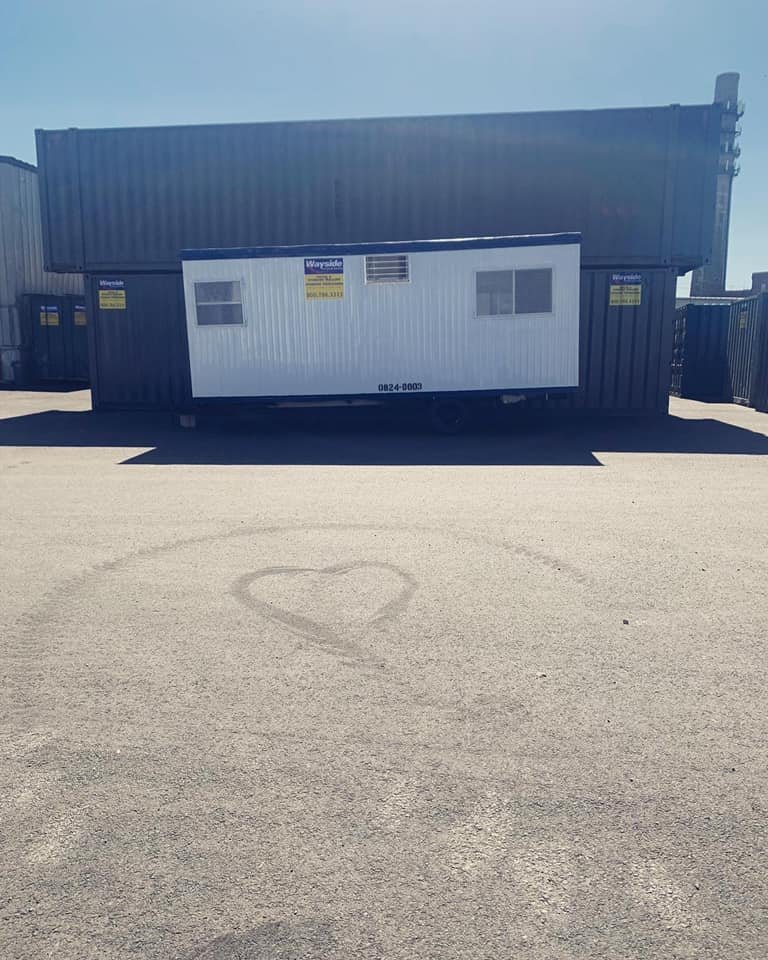
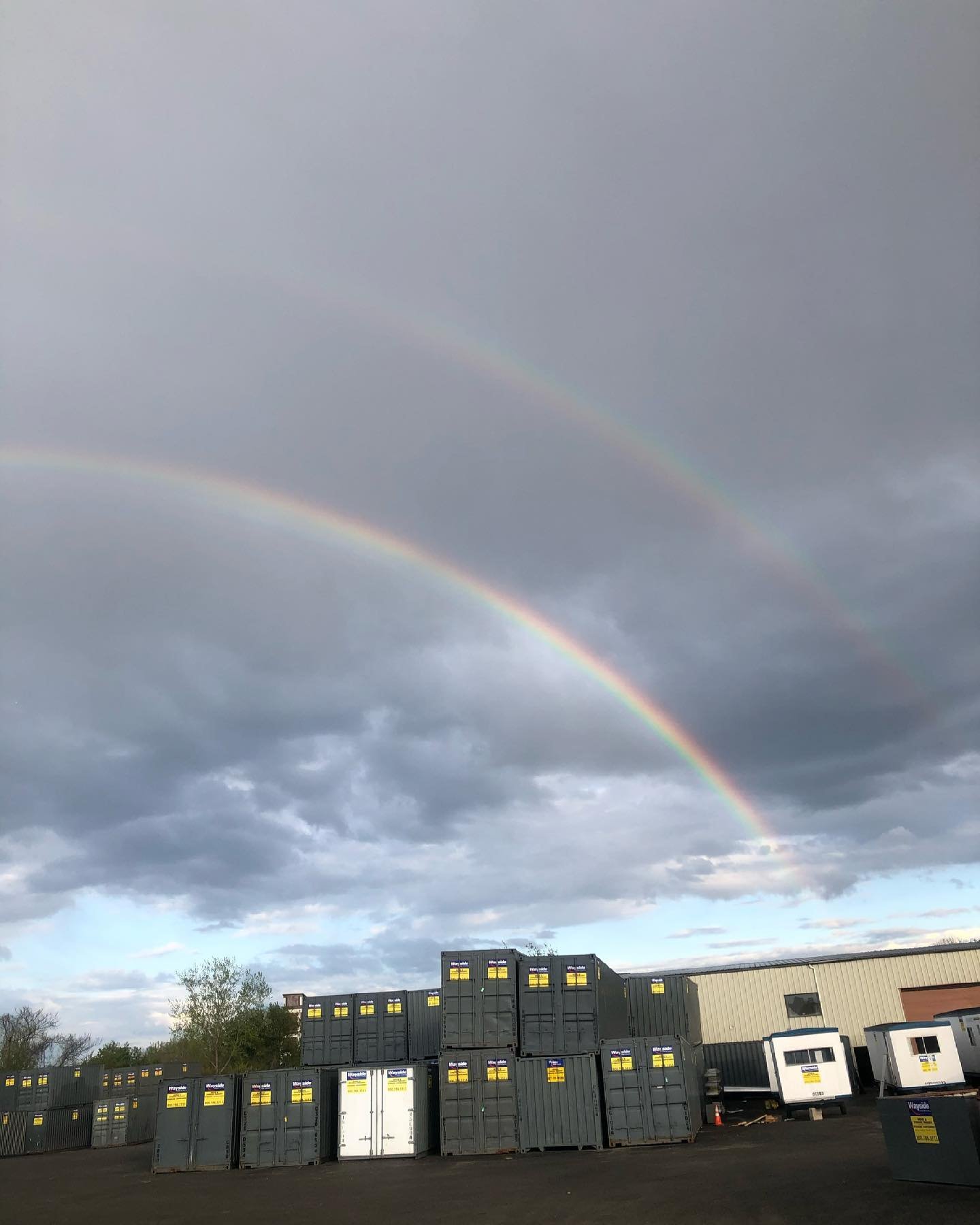
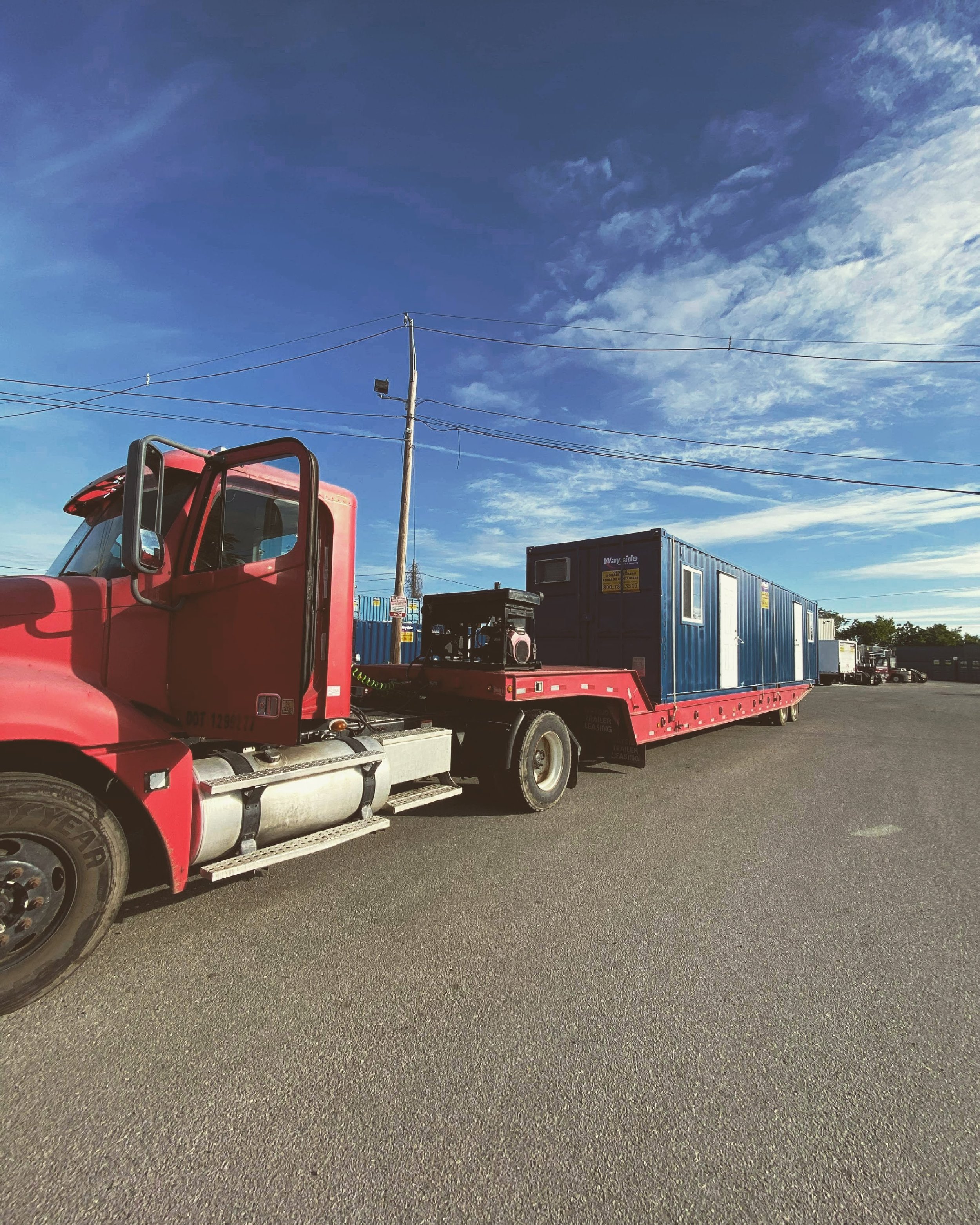

Our Services
-
Wayside provides high-grade, weather-resistant steel shipping containers available in multiple sizes (10-foot, 20-foot, and 40-foot) to accommodate diverse storage needs. These containers feature reinforced lockable doors, vents, and sealed gaskets to ensure protection against moisture, pests, and the elements. They are ideal for temporary or long-term use in scenarios like:
Additional On-site Storage for Seasonal Inventory Overflow
Construction site material management
Home renovations
Event organization
Disaster response
Seasonal storage for landscapers and snow plowers
Supplemental space options, i.e. pop up bar or event space.
-
Wayside offers durable steel storage containers for purchase. These units provide a long-term solution for secure storage and can be customized to fit specific business requirements.
-
Purchasing allows businesses to tailor containers with features like adding windows, shelving, flooring, or roll-up doors (to name a few) for enhanced functionality. Wayside’s shop team can provide or source customization services to enhance container functionality.
-
Containers are delivered directly to customers’ locations by Wayside’s professional drivers and installers. Placement is flexible depending on site accessibility, ensuring minimal disruption during delivery and retrieval.
-
There are so many different uses for storage containers. Wayside’s offerings cater to various industries and scenarios:
Seasonal inventory management—for example, a landscaper needs a place to store snow removal equipment in the spring or summer.
Off-season sports team storage
Equipment storage during renovations or construction
Temporary infrastructure for events or emergencies – for example: a visitor booth for Salem’s Haunted Happenings, an event that takes place in October only and is not needed year-round.
command centers for disaster response teams
Storage during a home renovation or spring cleanout.
Supplemental space for seasonal outdoor seating.
About Wayside
Wayside is a custom and classic shipping container and office trailer business that has delivered innovative storage and modular solutions across New England since 1933. Specializing in customizable shipping containers, scalable workspaces, and portable structures, we serve residential, commercial, and industrial clients by providing sustainable storage solutions.
Call Now: 1.800.786.3313


